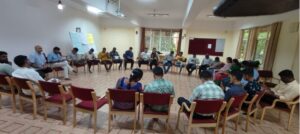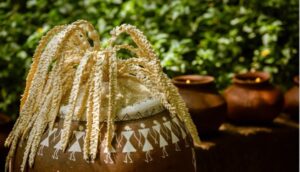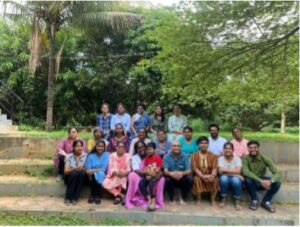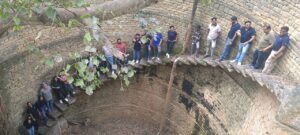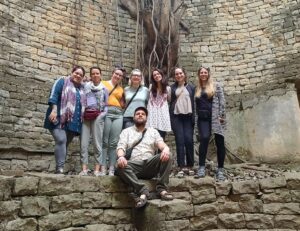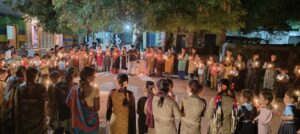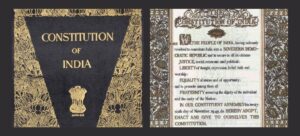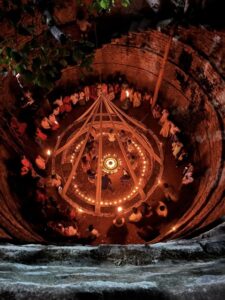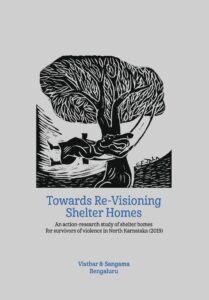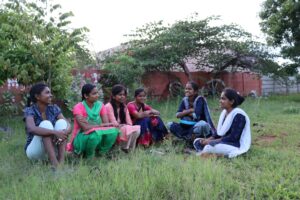
The Visthar Trust, a secular Civil Society Organization committed to social justice and peace is all set to start the Visthar College of Arts for Women (VCAW) its latest initiative in its 30-year-long journey. The college will offer a BA (Hons) in Journalism and Mass Communication and English at their Gubbi campus in the outskirts of the city, starting later this month.
Speaking to Salar News, David Selvaraj, Founder and Executive Trustee of Visthar, said, “We dedicate the course to socially committed journalists, who have paid dearly for their convictions and coverage of issues. Gauri Lankesh and Raman Kashyap come to mind. While the former is a celebrated journalist from Karnataka, the latter was killed while covering a farmers’ struggle in Lakhimpur Kheri (UP). Simultaneously, at the time of our launch, we applaud Ms Maria Ressa, a journalist from the Philippines, and the most recent awardee of the Nobel Peace Prize 2021 for her consistent and committed work to ensure freedom of expression.”
“Visthar has a vision of peace with justice; we believe it is our moral responsibility to enhance democratic values. One way of doing this is to ensure freedom of expression. Enhancing this fundamental right is central to our initiative,'” Selvaraj said.
He said Visthar has a triple-focus rationale for launching this course, the first of which would be to enhance the space and, platform for women to address issues of underrepresentation and gender stereotyping in the media and advocate for gender equality. Secondly, ensure media coverage of a large part of India which has been left out by mainline media and contemporary issues of the people in the margins, and thirdly to enable young women from vulnerable communities to receive a sound value-based education that has strong employment possibilities.
“VCAW is an accredited body of the Karnataka State Department of Higher Education and affiliated to the Karnataka State Akkamahadevi Women’s University, Vijayapura. The National Education Policy provides academic and pedagogical guidelines for operation. We welcome the flexibility and innovation which will favour the student community,” Selvaraj said.
The college though new has a competent core staff, adjunct faculty (national and international) and a Board of Studies which includes practising journalists, policymakers and public intellectuals. As part of the learning process, the college will ensure students have internships with mainline and alternate media houses and explore possibilities of placement. The course will be taught in-person and online. “The in-person study will be on our sprawling six-acre lush campus in Bengaluru,” David said.
Director of Visthar, Mercy Kappen said, “The process of admissions has just begun. We began this course as mainstream media is one of the better influencers of society.” She said women were sensitive to issues concerning society and they take a stand and play a vital role to bring about social change.
“The reason why our course is for women only is to empower women to make a positive change in society especially among the marginalized community,” she said.
She said Kannada language was a very important part of this course and that Nagamani Shivara, a well-known Kannada professor has been brought in to be the principal of the college.



